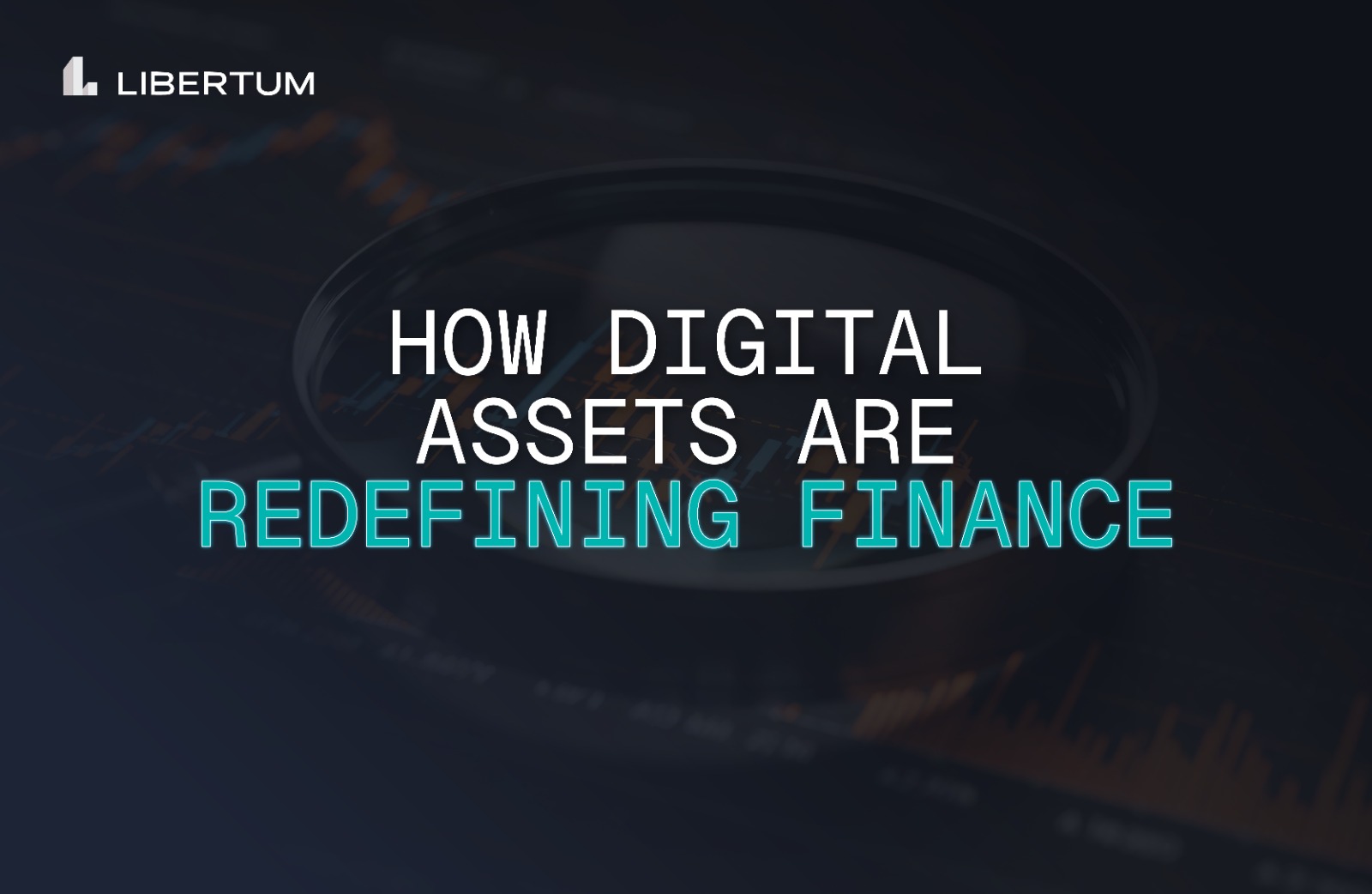The digital transformation era has ushered in cryptocurrency — not just as a speculative asset, but as an infrastructure shift for finance.
For banks, asset managers, fintechs, and corporate treasuries alike, the question in 2025 is no longer if they will adopt crypto, but how fast, how deep, and on what terms. Institutions are now deploying stablecoins, tokenized assets, programmable rails, and on-chain settlement mechanics to unlock greater speed, transparency, and new business models.
1. From Token to Infrastructure: The Evolved Definition
1.1 Cryptocurrency 101 — Revisited
A cryptocurrency is, at its base, a digital asset secured by cryptographic techniques, recorded on a distributed ledger (blockchain). But the modern narrative layers on:
- Smart contracts & programmable logic: Protocols that self-execute for loans, settlements, and collateral flows.
- Composable standards: Interoperable tokens and protocols enabling modular builds.
- Bridges/oracles/layered rails: Mechanisms that connect on-chain logic with real-world data and other chains.
- Hybrid models: Integrations with central bank digital currencies (CBDCs) or tokenised fiat, blending traditional and crypto rails.
In effect, crypto is shifting well beyond an “asset class” to become a programmable financial substrate — a layer upon which new financial rails, services, and models can be constructed.
1.2 Core Components in Use Today
- Base tokens: Bitcoin (BTC), Ethereum (ETH) used as stores of value and collateral primitives.
- Stablecoins / tokenised cash: Fiat-pegged digital tokens used for settlement, liquidity, and rails.
- Tokenised Real-World Assets: On-chain versions of treasuries, credit, bonds, and funds.
- Interoperability / layer-2 / cross-chain: Networks and protocols enabling liquidity movement across chains.
2. Why 2025 Is a Watershed Year
2.1 Regulatory & Legal Clarity Arrives
The regulatory framework for stablecoins, tokenized assets, and crypto services is progressing rapidly.
The GENIUS Act (U.S., July 2025) established rules for USD-backed stablecoins.
In Europe, MiCAR provides legal harmonisation and certainty.
These advances convert crypto from experimental to strategic.
2.2 Capital & Adoption Acceleration
Institutional interest is surging:
- EY survey: Institutional allocations to digital assets are increasing in 2025.
- Chainalysis: India and the U.S. lead in global crypto adoption.
- The Block: U.S. spot Bitcoin ETFs now manage nearly $150 billion.
- Citi Institute: Stablecoins could reach a $1.6 trillion market by 2030.
2.3 Infrastructure Moves from Pilot to Production
The ecosystem is evolving from proofs-of-concept to enterprise-scale deployments.
Banks and fintechs are embedding crypto flows into real business processes — tokenisation, programmable payments, and stablecoin settlements are going live.
3. How Enterprises Are Deploying Crypto (Deep Use Cases)
3.1 Programmable Settlement & On-Chain Cash
- Instant settlement within seconds.
- 24/7 global liquidity.
- Automated treasury logic for cash sweeps and interest triggers.
Use case: A corporate treasury automates overnight stablecoin sweeps into on-chain instruments.
3.2 Collateral, Margin & Atomic Settlement
- Tokenised collateral across venues and instant DvP (Delivery-vs-Payment).
Use case: A bank posts tokenised Treasuries as collateral while receiving tokenised funding — executed on-chain in real-time.
3.3 Tokenised Funds & On-Chain Distribution
- Fractionalised ownership, built-in compliance logic.
Use case: A fund issues tokenised shares to accredited investors with automated compliance.
3.4 Cross-Border FX & Payment Rails
- Stablecoins bypass legacy correspondent banking.
- Lower latency, lower cost, more transparency.
Use case: A multinational moves funds between subsidiaries instantly through stablecoin bridges.
3.5 Treasury Strategy & Strategic Allocation
- Digital assets used for diversification and yield.
Use case: A treasury allocates idle cash to tokenised money-market instruments for on-chain liquidity.
4. How Institutions Can Build Trust in Digital Assets
4.1 Market Resilience & Liquidity Preparedness
- Stress-test for depeg and redemption risks.
- Maintain redundancy for continuity.
4.2 Transparency in Reserves & Counterparty Assurance
- Demand proof-of-reserves and clear asset composition disclosures.
4.3 Secure Custody & Operational Integrity
- Use regulated custodians or MPC wallets.
- Enforce key rotation, multi-sig, and whitelisted operations.
4.4 Compliance & Regulatory Alignment
- Stay aligned with the GENIUS Act and MiCAR frameworks.
- Maintain AML/KYC, audit trails, and VASP registration.
4.5 Continuous Governance & Oversight
- Form a Digital Assets Risk Committee (DARC).
- Deploy on-chain monitoring and periodic audits.
5. Building the Future: Step-by-Step Roadmap
Phase 1: Strategy & Use-Case Planning
Define goals and regulatory feasibility.
Phase 2: Policy, Risk & Controls
Design governance, operational, and audit frameworks.
Phase 3: Infrastructure & Custody Setup
Integrate custodians, wallets, and settlement rails.
Phase 4: Pilot Execution
Test stablecoin flows, collateral postings, and tokenisation pilots.
Phase 5: Stress Testing
Validate resilience through simulated scenarios.
Phase 6: Scale & Client Roll-Out
Measure ROI, adoption, and operational impact.
Why It Matters Now
Crypto is no longer a speculative sideline; it’s becoming the foundation of modern finance.
With institutional capital, regulation, and infrastructure converging, 2025 marks the year to build — not just watch.
Leading institutions don’t gamble on trends; they architect the future.
